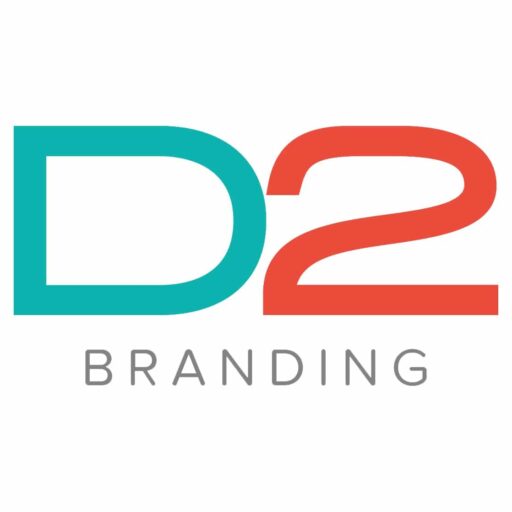Website design is one of my favorite things we do at D2 Branding because your website is the first impression of your company online. Research shows that people spend seven seconds or less trying to find what they want on your website, and if they can’t find it within that time period, they’re gone. This reality means your website should be easy to navigate in order for you to accomplish your ultimate goal: conversion. Conversion means something slightly different for each business – maybe it’s a sale, signing up for a phone call, joining a private Facebook group, getting on an email list, getting a quote, etc. If your website isn’t clear and straightforward, you’re guaranteed to get less conversions.
Recently I met with a new client to talk about their new website we’re designing for them. They have a data-driven brand, which isn’t overly exciting on the marketing front, but they have a great story they want to tell on their website using illustrations. I love the idea of getting super creative, especially in an industry that’s not really known for being creative because it sets your business apart from competition. It’s important to remember, however, that if you get too fancy and get caught up in aesthetics, it won’t be clear what you do and what you offer – especially if you only have seven seconds.
I decided to record a podcast about the eight items you should have on your website in order for it to be successful – whatever that means for your business specifically.
- You must have a headline. Your headline is like a hook; something that grabs the attention of the user immediately. This will be the first thing the user looks at.
- You need a sub-headline. A sub-headline is a brief description of what you do. Ask yourself, ‘How would I explain what I do to my neighbor who isn’t in my industry?’ It should be very clearly and concisely worded. Identify what the problem of your potential customers is and briefly explain how you can fix it.
- Call to action – Make it very clear to users what you want them to do when they visit your site. Should they get a quote? Call for an appointment? Buy online? It’s a good idea to have two or three call to actions based on where the customer is in the buying cycle. Do they need to set up a consultation to learn more about your product/service, or are they ready to buy now?
- Incorporate creative assets. You should have a compelling picture or a video to capture the attention of the user. It should clearly show what you’re offering. Remember that it’s always better to have your own original photos rather than using stock photos.
- Don’t forget your why. Make it very clear why people should buy from you and not someone else. What can you offer them that no one else can?
- Display your proof! Show users that you’re a credible source for them to buy from. Examples of proof are testimonials from happy customers, case studies of people you’ve worked with in the past, or even awards/recognition you’ve received. Video testimonials are amazing, but if you can’t do that, adding names and photos to your testimonials makes them more credible.
- Emphasize easy navigation. You need to make sure your users can effortlessly browse your site. Break your site up into separate pages like ‘About Us,’ ‘Services,’ ‘Testimonials,’ ‘Blog,’ and ‘Contact.’
- Include content. Your website should offer information about your industry through a blog, podcast or e-book you create. This sets you up as an expert to your potential customers by offering them valuable information.
If you have these eight important things on your website and back them up with a stellar product or service, customers will want to buy from you again and again.

